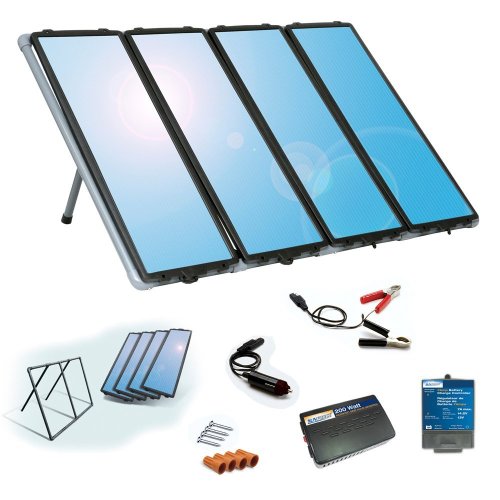These directions are for amateur builders who have never built a solar car before or those that have partial skill with building mini solar powered vehicles. These plans are only meant to guide new builders for their very first solar powered car.
Be creative and original when you create your solar powered car. Everyone involved in the creation of the vehicle should sketch up some ideas of the looks and functionality of the solar vehicle. Of the drawings you must also consider the efficiency of the design. It's unwise to have a heavy solar powered car. Your first car will be here are very simple, yet cost effective and very well made.
You must think about design of the solar car. Here are a few items of interest to go along with the design you come up with:Cost: You don't need to spend a fortune.
Weight: Heavy solar vehicles will reduce speed and distance so keep your solar car light.
Materials: If you can't find the exact material needed you can always improvise.
Durability: Will your final products start to crumble under the pressure of distance and velocity?
The track or runway: You don't need a track but you should consider using a smooth surface to run your vehicle on.
SAMPLE MATERIALS
- Solar cells and Panels
- 2 1.5V AA batteries
- Pulleys
- Gears
- Wheels
- Electric hobby motor
- Wire
- Elastics
- Fishing line
- Skewers or Chop Stix
- Metal coat hangers
- Straws
- Light-weight recyclable materials
- Alligator clip test leads
- Duct tape
- Corrugated cardboard
SOLAR PANELS
For your first try with you solar vehicle it's recommended to use two panels of solar cells. Each panel will consist of two cells. The panels will have leads through the ends of the panels for a direct circuit connection. The solar cells are extremely fragile so be sure to handle them with caution and care. It can be expensive to replace solar panels because of neglect of the material.
Do not cut the backing of the solar panels. If you do you can crack the cells and this will reduce efficiency of the panel. You want to squeeze every bit of energy from your panels so don't cut the backing. The solar cells can be tested and is recommended that each cell have 0.5V
HOBBY MOTOR
A standard DC hobby motor can be used to mount to the frame of your solar car. You can usually get a motor from a RC hoppy shop for around twenty bucks. The motors should be rated to 1.5-3 V
CONSTRUCTING THE SOLAR CAR
Think of the materials you would like to use for your first solar powered car. Remember you need to use lightweight materials.
Use recyclable material to construct your solar powered car. The lighter the frame and materials the better your car will utilize solar energy. After creating the framework for your solar vehicle you can mount the solar panels in a direction to maximize energy. This means you should have your panels directly face the sun. Next, connect the panels from the circuit leads to the hobby motor. 26 gauge wire will work just fine. Here's the tricky part. Connecting the motor to the wheels on your solar vehicle. Your pulleys must be installed exactly the same distance of each other or your car will veer left or right. Make sure that the pulleys are also lined up correctly. Precise installation of the pulley system will create the right amount of tension for the elastics or fishing line. If you have gears installed, you must consider the gear ratio, corresponding to the motor so you don't strip the internal gears of the motor. A smaller pulley/gear on the motor and a larger pulley/gear on the axle will give you the most performance durability. Mounting the wheels can be a daunting task. The wheels should be lubed up with graphite or WD-40. The wheels on your solar powered car should be squared up and not unevenly installed. The goal of mounting your wheels is to minimize wobble.
Installing the solar panels to the car must be done with finesse. You do not want to crack or chip the panels. The solar panels must be tightly attached to the car so that they do not fall off during your first run. Don't forget to mount the solar panels horizontally facing the sun for maximum efficiency.














